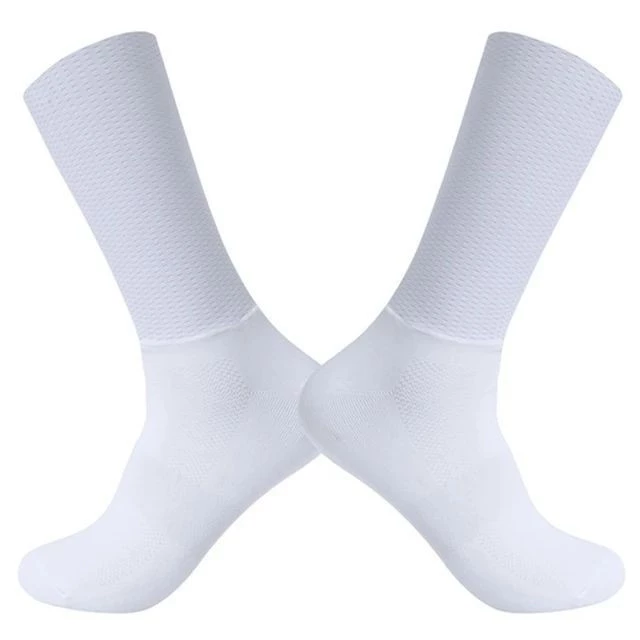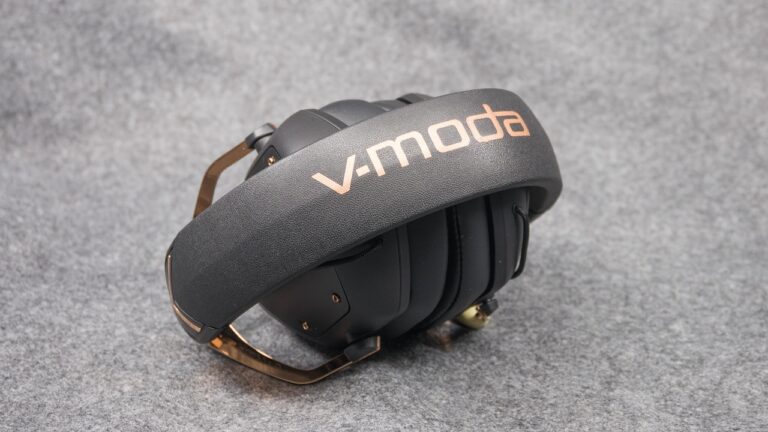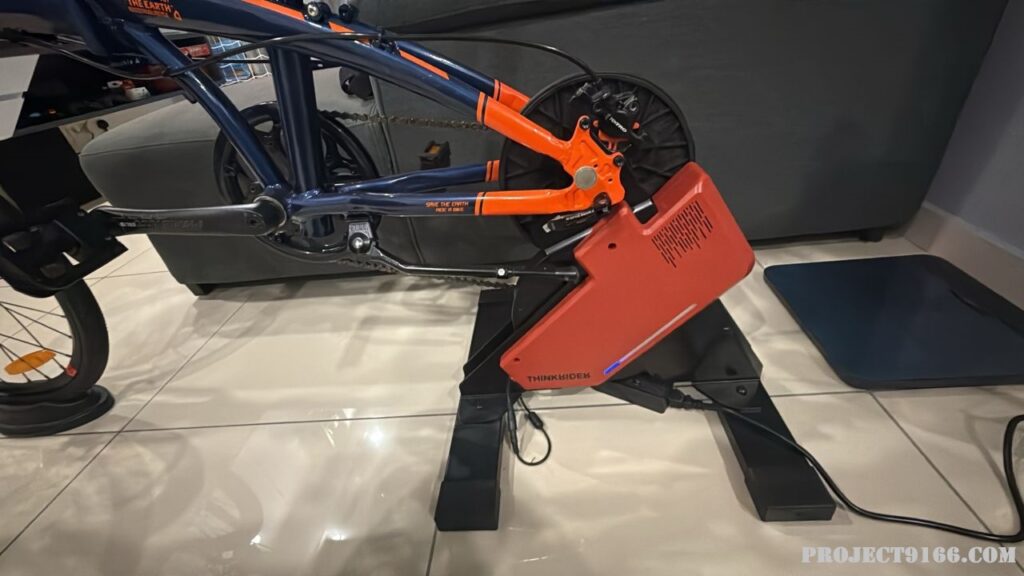
How I Set Up My Folding Bike on the Thinkrider X2 Smart Trainer
Cycling indoors on a smart trainer is a fantastic way to stay fit and improve performance—rain or shine. But if you’re like me and use a folding bike for its convenience and compact storage, you might be wondering: Can a folding bike work with the Thinkrider X2? The answer is yes! In this post, I’ll walk you through how I set up my folding bike on the Thinkrider X2 and how it performed during actual rides.
Why I Didn’t Use My Road Bike on the Thinkrider X2 Smart Trainer?
You might be wondering—why not just use a road bike? The answer is simple: convenience and practicality. My road bike is set up for outdoor rides, and I didn’t want to keep swapping wheels or cassettes every time I trained indoors. The folding bike, on the other hand, was idle and easy to dedicate to indoor training. It also takes up less space, which is great for my small home setup.
Step 1: Check Compatibility and Choose the Right Adapter
Folding bikes often have smaller wheels and unique frame geometries. The good news? The Thinkrider X2 comes with a standard quick-release skewer that fits most folding bikes. However, if your bike uses a thru-axle or other non-standard setup, you may need an adapter.
Tip: Before mounting, confirm that the rear axle matches the trainer’s requirements. A stable fit is crucial for both performance and safety.
Step 2: Mount the Folding Bike on the Trainer
Once compatibility is confirmed, here’s how I secured my folding bike onto the Thinkrider X2:
- Place the bike’s rear axle into the trainer’s mounting arms.
- Use the quick-release skewer or adapter to lock it in place.
- Ensure the cassette lines up smoothly with the bike’s drivetrain.
- Tighten everything and check for any wobble.
Tip: Give the bike a few firm side-to-side pushes to ensure it’s securely fastened before starting your session.
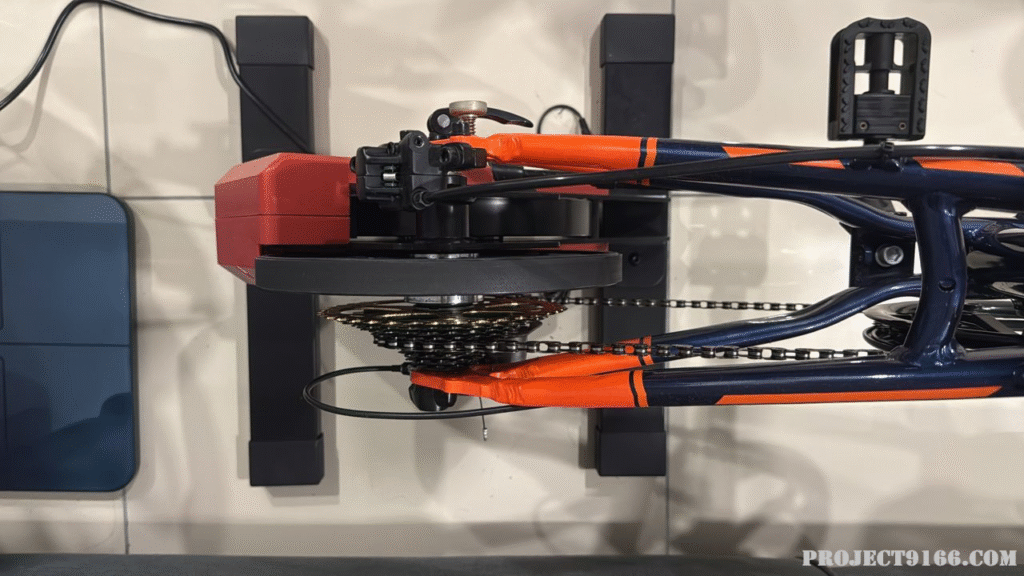
Step 3: Connect to Cycling Apps and Adjust Resistance
With the bike firmly in place, it’s time to pair your Thinkrider X2 with your favorite app, such as Zwift, TrainerRoad, or Rouvy. The trainer connects easily via Bluetooth or ANT+ for real-time stats.
You can also adjust resistance levels manually or let your app control the intensity based on your workout or route.
Tip: Warm up with low resistance and gradually increase to check the trainer’s responsiveness with your folding bike.
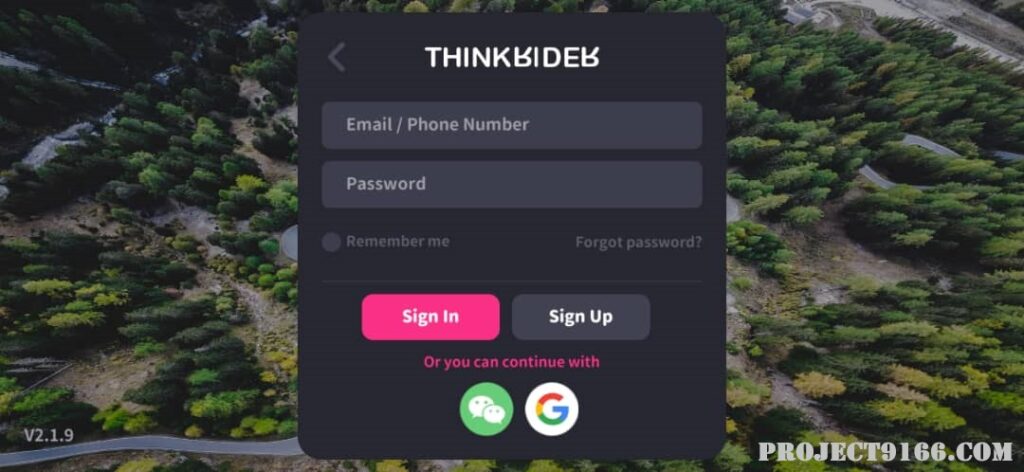
Step 4: Start Riding and Test the Setup
After connecting everything, I began with a 10-minute warm-up. The ride felt stable, smooth, and surprisingly powerful—even with a compact folding frame. The Thinkrider X2 handled resistance changes well and mimicked gradients realistically, making it easy to switch between endurance sessions and interval training.

Folding Bike Performance on the Thinkrider X2
Despite its smaller frame and wheelbase, my folding bike performed excellently on the Thinkrider X2. The adjustable resistance made it feel just like riding a regular bike, and the smooth flywheel operation minimized any vibration or noise.
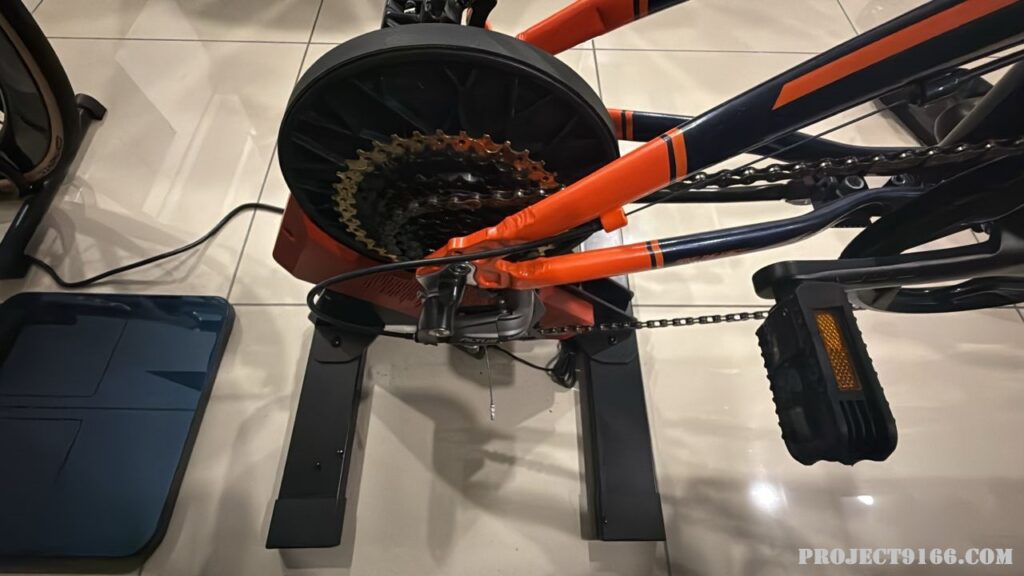
Whether I was doing sprints or climbing simulated 18% slopes, the setup felt solid and effective.
Final Thoughts
Setting up a folding bike on the Thinkrider X2 was much easier than I expected. With just a few adjustments, I was able to transform my compact bike into a powerful indoor training machine. If you’re looking to combine the flexibility of a folding bike with the immersive features of a smart trainer, the Thinkrider X2 is a great choice.
Call to Action
Got a folding bike? Don’t let its size hold you back. Set it up on the Thinkrider X2 and enjoy powerful, flexible indoor training—anytime, anywhere.

